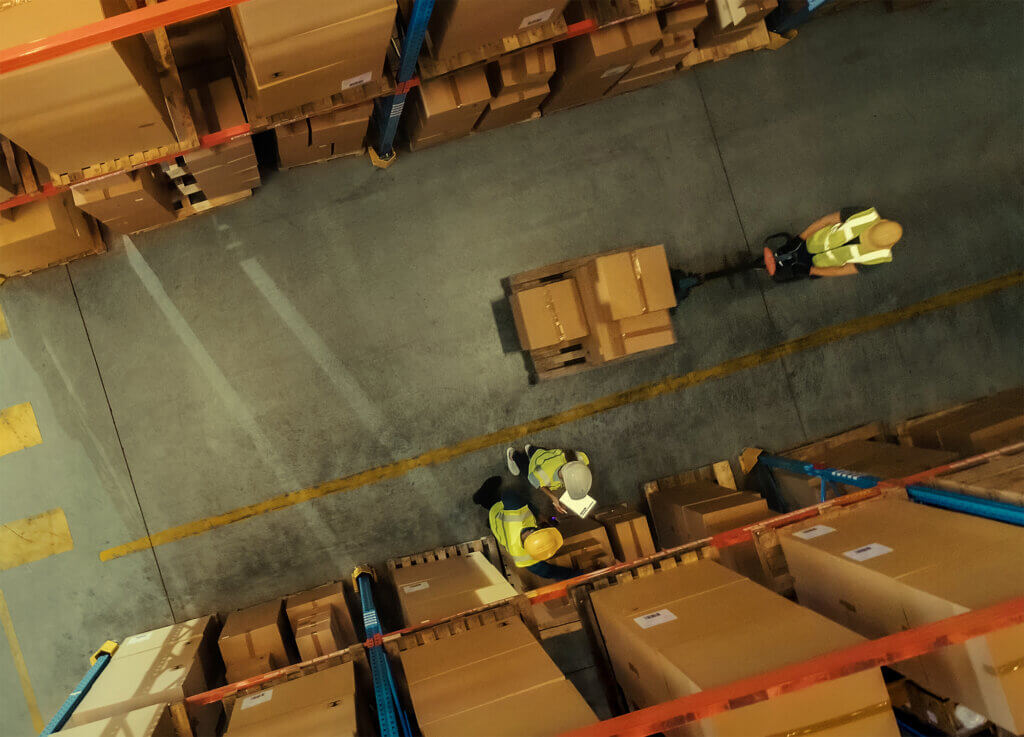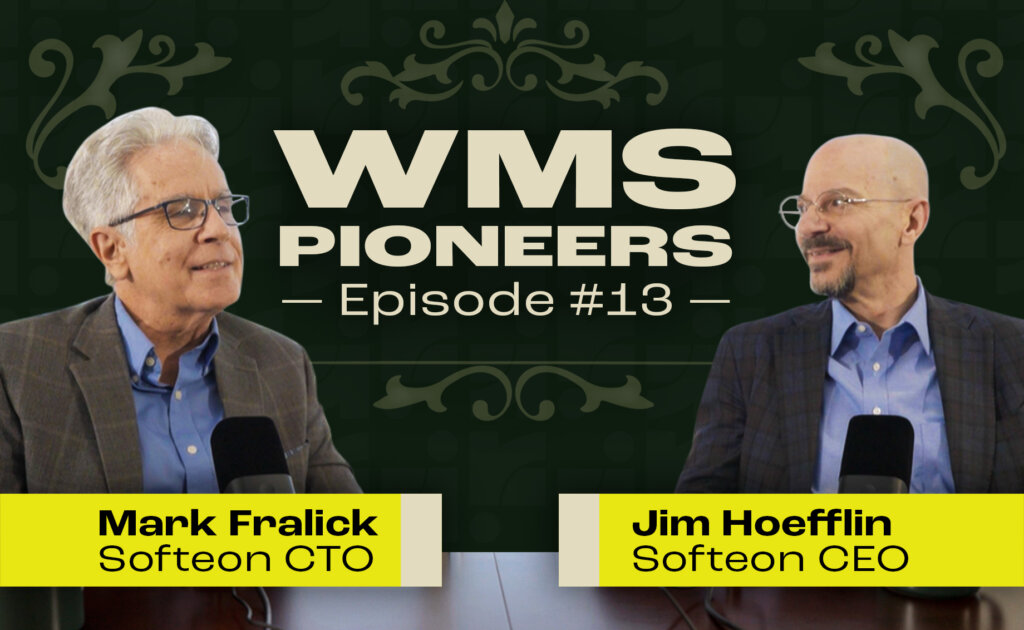“Task Interleaving” is one of the core concepts of warehouse management systems. At a high level, it involves linking two or more tasks, most commonly for workers on lift trucks. For example, a full pallet putaway could be linked with a full pallet replenishment.
In this case, the associate puts away a pallet, and the WMS automatically assigns him or her a task to move a nearby pallet to replenish a full case picking location.
Now, the reality is task interleaving is more talked about than executed, but in the right circumstances it can bring strong productivity gains by reducing the amount of deadheading on the materials handling equipment.
How Autonomous Mobile Robots Improve Task Interleaving
Interestingly, with the rise of autonomous mobile robots, or AMRs, a new type of interleaving has emerged.
It works like this: say an order picker comes to a forward pick location, and finds there is an unexpected shortage versus the quantity expected to fill the order. Companies handle this exception in different ways, but a common one is to take the carton or tote that is now missing that SKU to a “hospital zone” near the packing area to await correction.
But today that correction is often a laborious process.
Now consider the same scenario with a mobile robot. The short pick should have triggered the WMS to create an emergency cycle count and then replenishment of missing the SKU.
Now here’s the fun part: The WMS could then dispatch a mobile robot to that forward pick location as soon as the replenishment is complete. When another order picker moves towards that location, the WMS adds a new, interleaved task to that picker’s mobile terminal. The picker will be directed to select a given number of items of the missing SKU and put them on the robot.
The picker then continues on with their existing pick tasks, while the robot moves on by itself to the hospital zone to deliver the SKUs needed to complete orders.
Improving Interleaving with Autonomous Mobile Robots
With autonomous mobile robots, a normally time consuming exception is instead easily addressed.
This is just one of several examples of how AMRs can be creatively used to improve distribution center performance – with the new task interleaving often a key element of the solution.
The coronavirus crisis is sure to accelerate the already strong interest in mobile robots in distribution – be sure to explore all the possibilities of how they can be effectively used.




